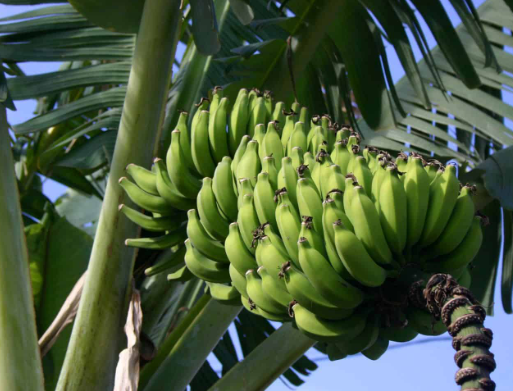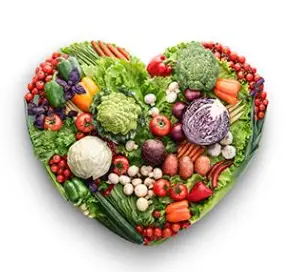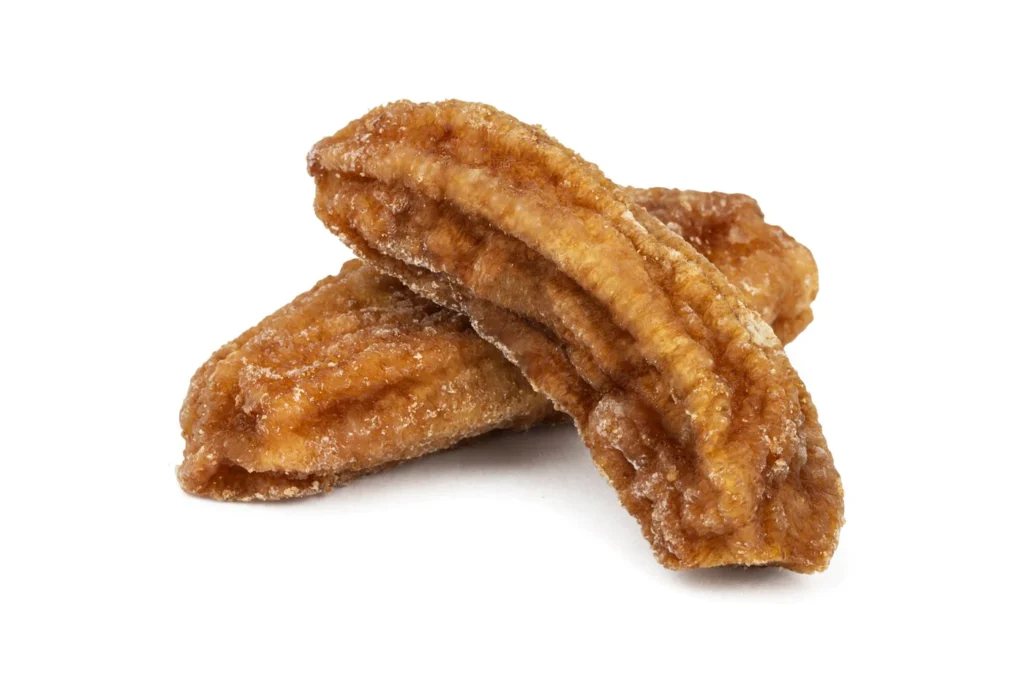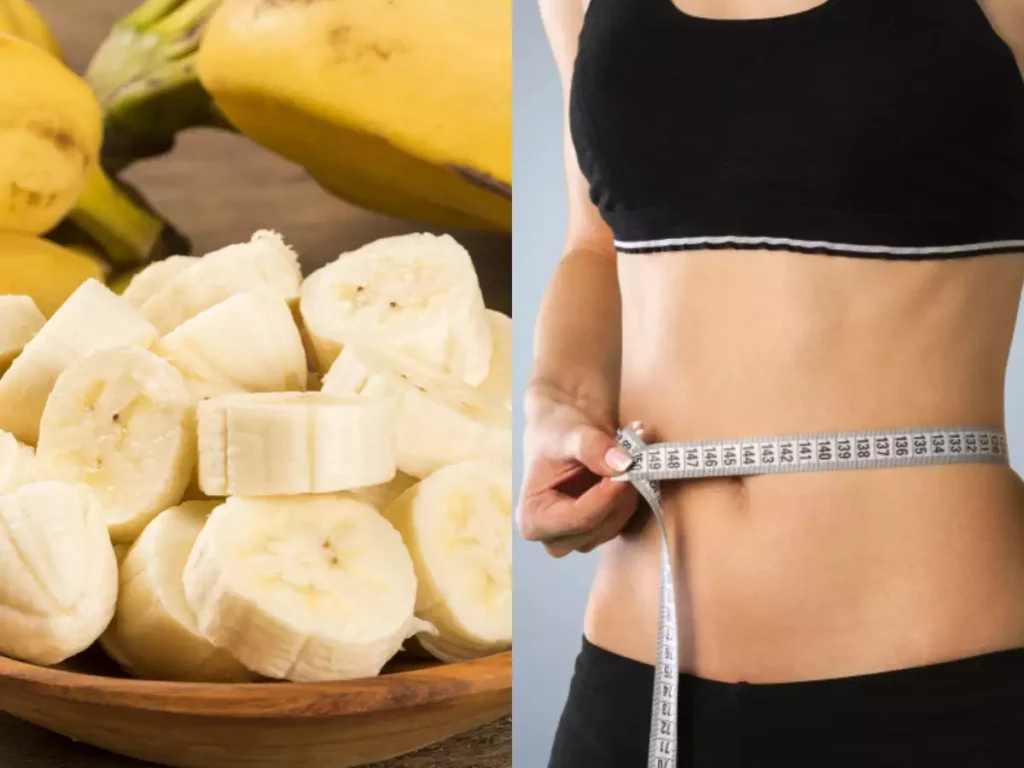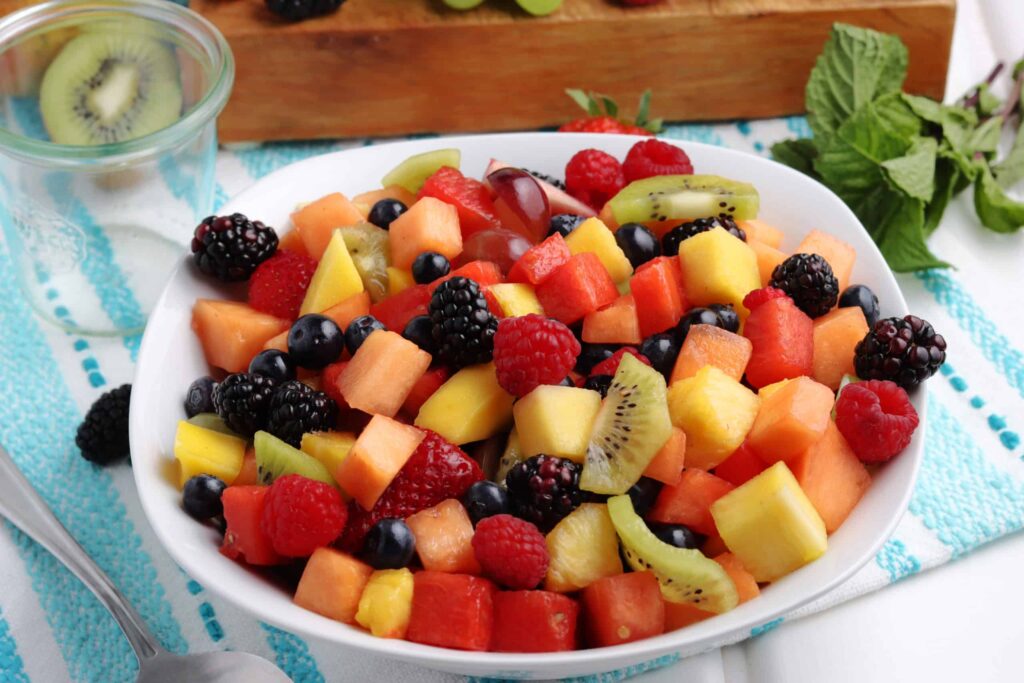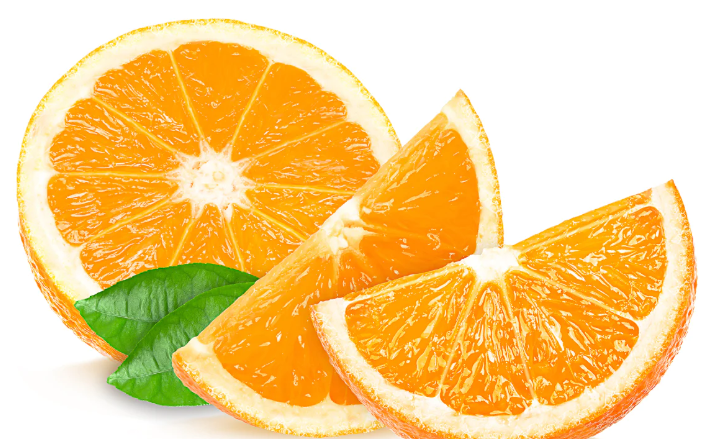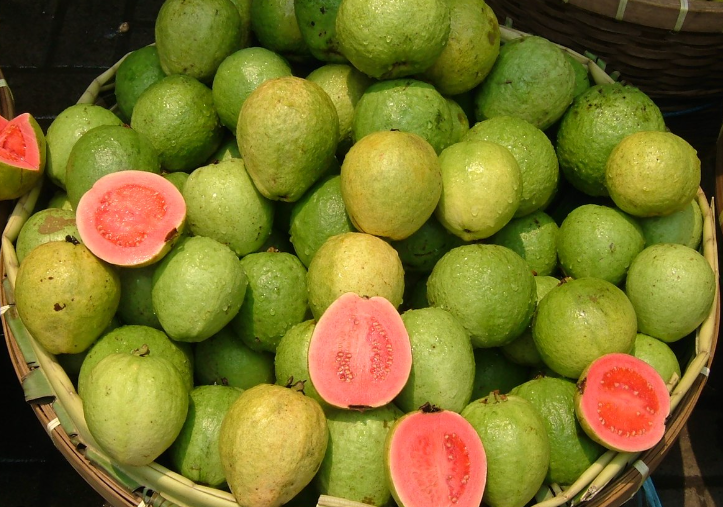Gluten, a protein found in some grains, is something many people avoid for health reasons. If you can’t eat gluten because of celiac disease or gluten sensitivity, it is essential to know which foods are safe to eat. Let’s talk about whether pineapples are a good choice for your gluten-free diet, and what you should know about them.
Table of Contents
- Explaining Gluten
- What Celiac Disease and Gluten Sensitivity Mean
- Is Pineapple Gluten-Free?
- Understanding the Term ‘Gluten-Free’
- What’s in Pineapple?
- Looking Out for Cross-Contamination
- Health Benefits of Including Pineapple in Your Diet
- 1. Packed with Valuable Nutrients
- 2. Helpful Digestive Enzymes
- 3. May Reduce Inflammation
- 4. Strengthens the Immune System
- Tips for Living Gluten-Free
- Choosing Gluten-Free Foods
- Cooking and Meal Planning Without Gluten
- Eating Out and Traveling Gluten-Free
- How to Include Pineapple in Your Gluten-Free Diet
- 1. Enjoy Pineapple in Its Natural Form
- 2. Try Pineapple in Various Dishes
- Let’s Wrap It Up
- Common Questions
- Can individuals with celiac disease eat pineapple every day?
- Is there a chance of gluten cross-reactivity with pineapple?
- Can pineapple be part of gluten-free baking?
Explaining Gluten
Gluten is a protein mix that is in grains like wheat, barley, and rye. It makes the dough stretchy and is found in foods like bread, pasta, cereal, and pastries.
People with celiac disease or gluten sensitivity need to be very careful to stay away from foods with gluten. Eating gluten can cause them stomach problems, bloating, and even more serious health issues.
What Celiac Disease and Gluten Sensitivity Mean
Celiac disease is when your immune system attacks your own intestines after you eat gluten. This can make it hard for your body to get the nutrients it needs. It can cause uncomfortable symptoms like stomach pain and diarrhea.
Gluten sensitivity, also known as non-celiac gluten sensitivity, is when people have similar problems after eating gluten, but they don’t have the immune response or damage in their intestines that comes with celiac disease.
Is Pineapple Gluten-Free?
Yes, pineapple does not have gluten. It’s a tropical fruit that’s safe to eat if you are avoiding gluten and also has many other good things for your health.
Understanding the Term ‘Gluten-Free’
The label “gluten-free” means that a food has less than 20 parts per million of gluten. This rule is used around the world so that people with celiac disease or gluten sensitivity can eat safely.
What’s in Pineapple?
Pineapple is made up of water, sugar, and vitamins and minerals like vitamin C, manganese, vitamin B6, and copper. It also has fiber, which is good for your digestive system.
Looking Out for Cross-Contamination
Even though pineapple itself doesn’t have gluten, you need to be careful about cross-contamination. This can happen if pineapple is processed in places that also handle gluten foods.
This doesn’t happen often because pineapple is usually not processed with gluten grains. To be sure your pineapple is gluten-free, always check the packing for any warnings or gluten-free labels, especially on canned or packaged pineapple.
Health Benefits of Including Pineapple in Your Diet
Pineapple not only is gluten-free, but it is also full of nutrients that can do a lot for your health. Let’s see what makes pineapple a great choice.
1. Packed with Valuable Nutrients
This fruit is loaded with vitamins and minerals. For example, vitamin C in pineapple can help your immune system, keep your skin healthy, and even work as an antioxidant.
Manganese helps keep bones strong and helps your body use energy, while vitamin B6 is good for energy and brain health.
2. Helpful Digestive Enzymes
Pineapple has bromelain, which are enzymes that help break down proteins, making it easier to digest food. Bromelain has been used as a natural way to deal with indigestion and other stomach troubles.
3. May Reduce Inflammation
The bromelain in pineapple may also help fight inflammation in your body. This can be helpful for people with certain health conditions that cause swelling, like arthritis or inflammatory bowel disease.
4. Strengthens the Immune System
Pineapple’s vitamin C is also good for boosting your body’s defenses against sickness by fighting off harmful substances in your body and keeping your immune system strong.
Tips for Living Gluten-Free
If you need or choose to live gluten-free because of celiac disease or gluten sensitivity, here are some things to remember.
Choosing Gluten-Free Foods
Eat naturally gluten-free foods like fruits, veggies, meat, fish, dairy, beans, and gluten-free grains like rice, quinoa, and corn. Always read food labels to avoid hidden gluten in packaged food.
Cooking and Meal Planning Without Gluten
Making meals at home means you know exactly what’s in them. You can find lots of gluten-free products like flours, bread, pasta, and mixes for baking. Trying new gluten-free recipes can be fun and keep your diet interesting.
Eating Out and Traveling Gluten-Free
It’s a bit harder to stick to your diet when you’re not at home, but it’s not impossible. Plan ahead and talk to restaurant staff about your needs. Many places now have gluten-free options on their menus.
How to Include Pineapple in Your Gluten-Free Diet
Adding pineapple to your gluten-free diet is easy. Here are some tasty ways to enjoy it:
- Slice it fresh as a juicy snack or a sweet part of your meal.
- Grill it for a smoky flavor and add it to your favorite dishes.
- Mix it into fruit salads for a tropical twist.
- Blend it into smoothies for a nutritious drink.
- Use it in gluten-free baking recipes for natural sweetness and moisture.
Remember to double-check labels when buying processed pineapple products. Some might have added ingredients that contain gluten, so it’s best to stick to fresh pineapple or products certified gluten-free. Enjoying pineapple in your diet is not only tasty but also brings a lot of nutritional benefits to the table!
Pineapple is not only delicious but also suitable for those on a gluten-free diet. Here’s how to enjoy this tropical fruit:
1. Enjoy Pineapple in Its Natural Form
Fresh pineapple is a real treat. You can cut a ripe pineapple into bite-sized pieces or into circular slices. Indulge in this juicy fruit as a cool snack or a sweet treat after meals.
2. Try Pineapple in Various Dishes
Pineapple can add its sweet and tangy taste to many gluten-free recipes.
It’s perfect in a fruit salad, blended as part of a refreshing smoothie, or cooked in savory dishes, such as a pineapple fried rice or kebabs with grilled pineapple. Pineapple’s flexibility means you can have fun trying it in different gluten-free meals.
Let’s Wrap It Up
For those avoiding gluten, pineapple is a safe and healthy choice. It’s loaded with important nutrients, such as vitamins, minerals, and enzymes that help digestion and boost your immune system.
Just remember to watch out for possible contamination with gluten during the preparation process, but otherwise, enjoy the delicious taste of pineapple in your gluten-free journey.
